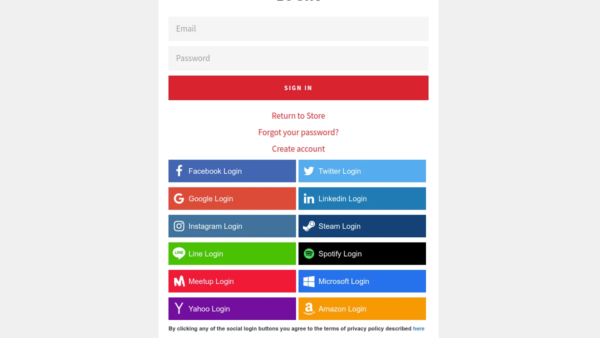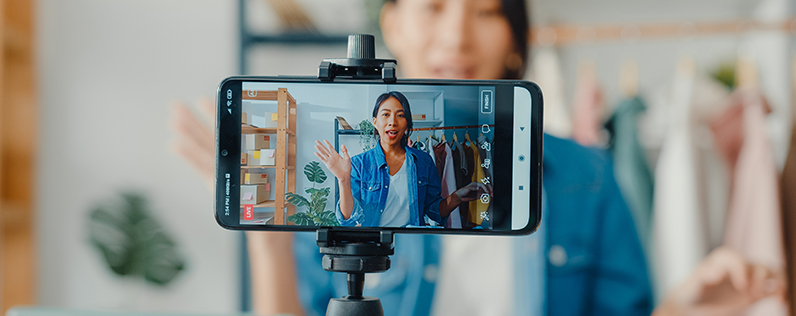
A smart company goes where the eyeballs are — and they’re on social media more than any other type of content platform. Blending your ecommerce platform with social media will help you catch your audience’s attention and turn them into customers.
Here are some social media ecommerce statistics that will have you thinking:
- 74% of consumers rely on their social networks to help make purchasing decisions
- 25% of US shoppers do research and explore social media before buying a gift for friends and family
- Online stores with a social media presence create an average of 32% more sales than ones that aren’t on social media
- 75% of Instagram users engage with a brand after viewing an ad. For example, they visit the brand website
- Here’s the average order value from social media from highest to lowest: Instagram – $65, Facebook – $55, Twitter – $46, and YouTube – $38
The following ecommerce marketing strategies in this post will help you create a bridge between social media and your platform. You’ll move people’s attention and engagement to your business and as a result, drive more conversions.
Add the right call to action
Social media platforms like Facebook and Instagram allow you to add helpful calls to action right on your profile to attract customers.
Optimize your social media profile by creating a button that invites users to:
- Visit your website
- Call your phone (a great option for small and local businesses)
- Shop on your website
- Sign up for your newsletter
- Donate money
- Take some other action that’s valuable to your business or organization
You can even allow customers to schedule an appointment and create a food order.
With the simple step of adding a call to action button, you can easily connect your audience to your website and brand directly.

Enable social shopping options
Today, all social networks make it possible for you to promote your business and even sell products right from your social media pages.
For example, you can set up a shop using Facebook Shops.
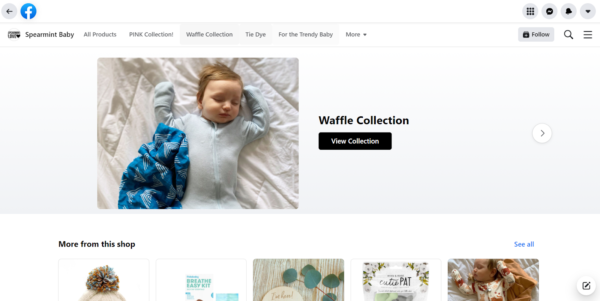
Similarly, you can tag products on your Instagram posts. When your followers click on a tag, they can then learn more about the product before clicking on a link to buy the item.
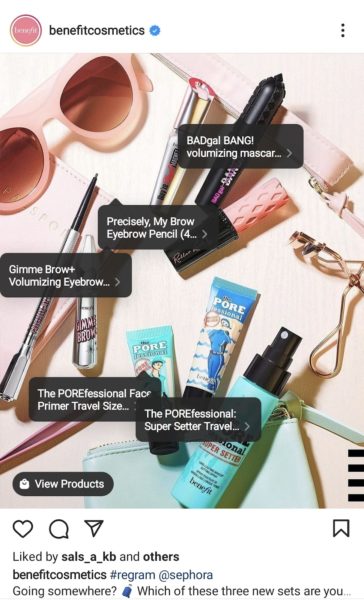
Other social networking sites have advertising options where you can link to your website and drive sales via video ads and promoted social posts.
In all cases, you’ll have to create a business account to make use of the unique selling options that each network offers.
Study and determine which platform holds the most promise – where your target market is active and the ecommerce solutions that are available make sense for your business.
Drive peer-to-peer recommendations
People tend to trust recommendations made by their peers on social media over brand-created messages. If you can get your customers to talk about their experiences with your brand on social media, you’ll build trust and reach out to more people without any extra effort.
Here are a few ways to encourage your customers to indirectly promote your brand on their social media profiles:
- Send a follow-up message or email after a purchase asking customers for a rating or review.
- Ask your audience to tag a friend who’d like a product or service in your social media posts.
- Find user-generated content where your customers create posts using your products. Reshare their content and tag them with it.
Steps like these will bring your brand within the radar of a larger audience. And they’ll be more likely to trust you because they see that their friends are your customers and followers.
Peer-to-peer recommendations form a powerful way to win over new customers fast. Just getting your customers to talk about you online will build your image as a trustworthy online business.
Leverage the fear of missing out
The fear of missing out (FOMO) is a powerful emotion that people often experience when they view social media content. Seeing their peers having fun at an event or sharing a brand-new product they’ve bought builds desire and urgency. And as a result, they feel the need to quickly take part in similar activities and experiences.
As a business owner, you can leverage FOMO to drive more engagement and sales for your brand.
When your customers use your product or tag their posts with your brand while doing something interesting, it can lead to the creation of FOMO. And it’s up to you to come up with interesting ideas that will attract your audience online.
For example, try creating an exciting giveaway contest. Most people would love the opportunity to participate in a giveaway when there’s an awesome prize to win. Your audience will share your giveaway on social media and you’ll see their connections sign up for your giveaway too.

Make sure that you encourage your audience to tag your brand in their posts. And ask them to comment in your giveaway post and mention friends who might be interested in such content. Creating an experience that people will enjoy being part of makes it possible to leverage FOMO.
Work with influencers
An important lesson that many businesses miss is that people are on social media for authentic content. And to connect with real people.
Creating promotional material for your audience just won’t cut it anymore. They aren’t going to engage with what seems like a faceless brand.
The solution is to work with influencers who are appealing to your target audience. Influencers are social media content creators with a large following. And they gain loyal and engaged followers by providing entertaining content and being authentic, often sharing their personal opinions.
An influencer marketing tool can help you find the right person for your industry. Reach out to them and ask them to try your product and promote it to their audience.
A few things to take care of include making sure that the influencer’s content is a good match for your business’s brand image and values. And to set up rewards that are linked to meeting specific goals.
You should also be wary of influencers who don’t have real followers. Or ones whose audience isn’t a match for your own. But with a good collaboration, you can grow your presence on social media quickly and generate more sales.
Integrate social sign-ins
Every stage of the sales funnel is important to turn your audience into a paying customer. But it’s the final stage where customers take action to buy from you that’s critical. During the payment process, every step needs to be seamless and comfortable.
One way to make the process of paying for a product easier is to allow your buyer to enter their details with social login. You can also use social login to register a user and create an account on your site.
All a user has to do is click on the social media or email login option of their choice. And after giving the necessary permissions, their basic contact details will automatically get filled into the billing form.
The advantage of creating social sign-up options is that it makes it easier for people to use your website. They won’t have to set up another account, create a password, and remember the details they used.
Add share buttons to product pages
Make it easy for customers to share your products with others by adding social sharing buttons on your product pages.

You can also add social media share buttons to the purchase confirmation page to get users to share their recent purchases with friends.
But aside from adding social share buttons, you also have to ask your customers to take action. A single sentence asking customers if they’re happy with your purchase and if they’ll share their experience will make a difference.
Give people the means to share your products with your business and also nudge them to share their interactions with you. Such activities bring more eyeballs to your brand.
Create social feeds using testimonials
Did you know that your social media page isn’t the only place your users can see and interact with your social posts?
You can add social feeds on your website where content from YouTube, Instagram, Facebook, and other networks appear to users with the ability to like and share them.
One clever way to make use of social feeds to build trust in your ecommerce business is to feature testimonials that your online audience has shared.
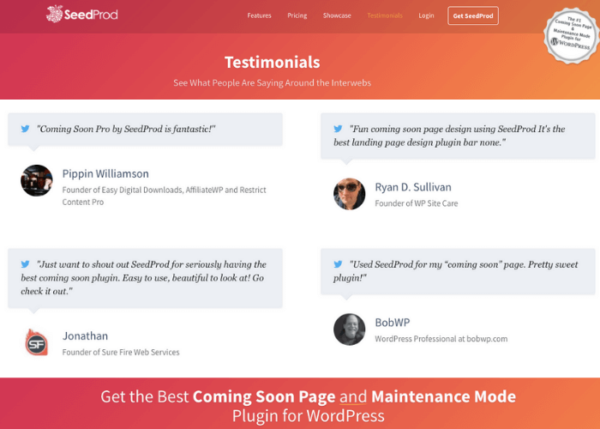
The advantage of using social feeds to present testimonials is that it showcases real people and accounts.
It adds authenticity and builds social proof, helping even new visitors on your site understand that they can trust your brand.
Now get ready to increase your sales by integrating social media with ecommerce
Are you ready to grow your ecommerce business with social media?
We’ve just gone through several powerful ways that you can integrate social media with ecommerce. Your best chance at creating the most impact is to use the right tools.
You need a tool to help you manage all of your social media in one place. And to track how customers engage with your brand.
As you dive into leveraging social media, keep experimenting and focusing on what your audience wants to see. With online shopping growing in 2021, social media marketing is the way to go.

